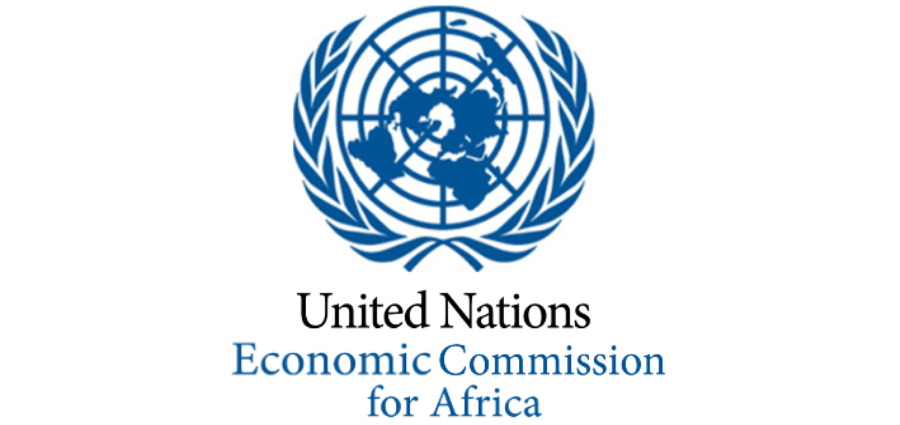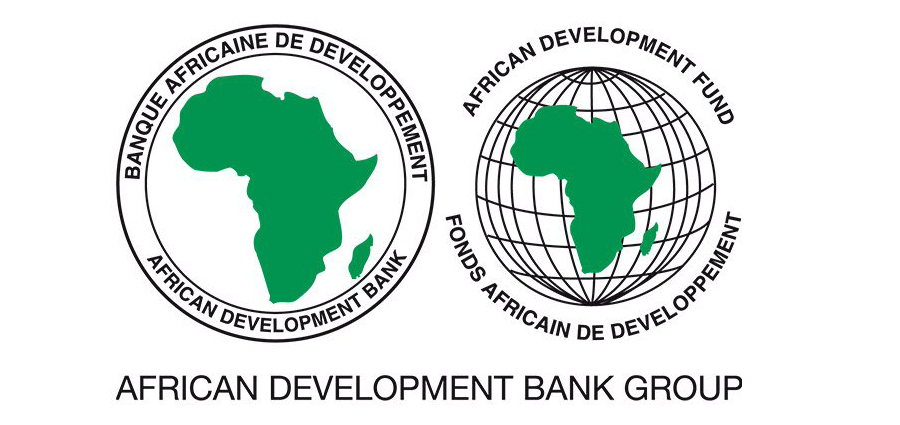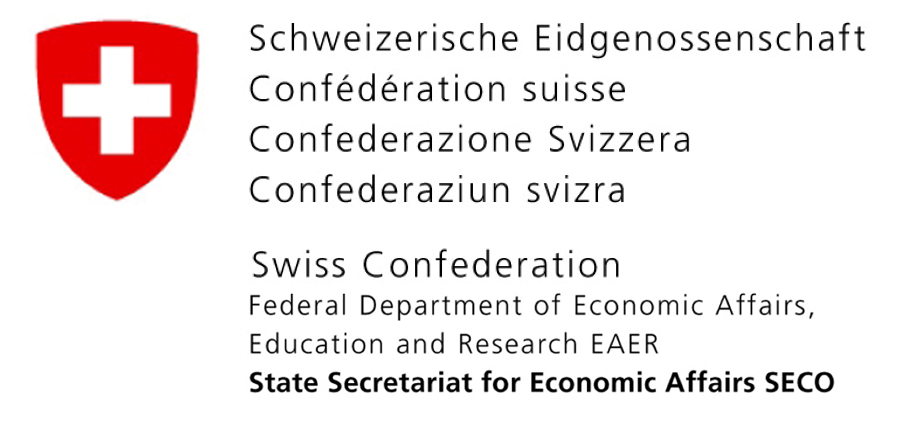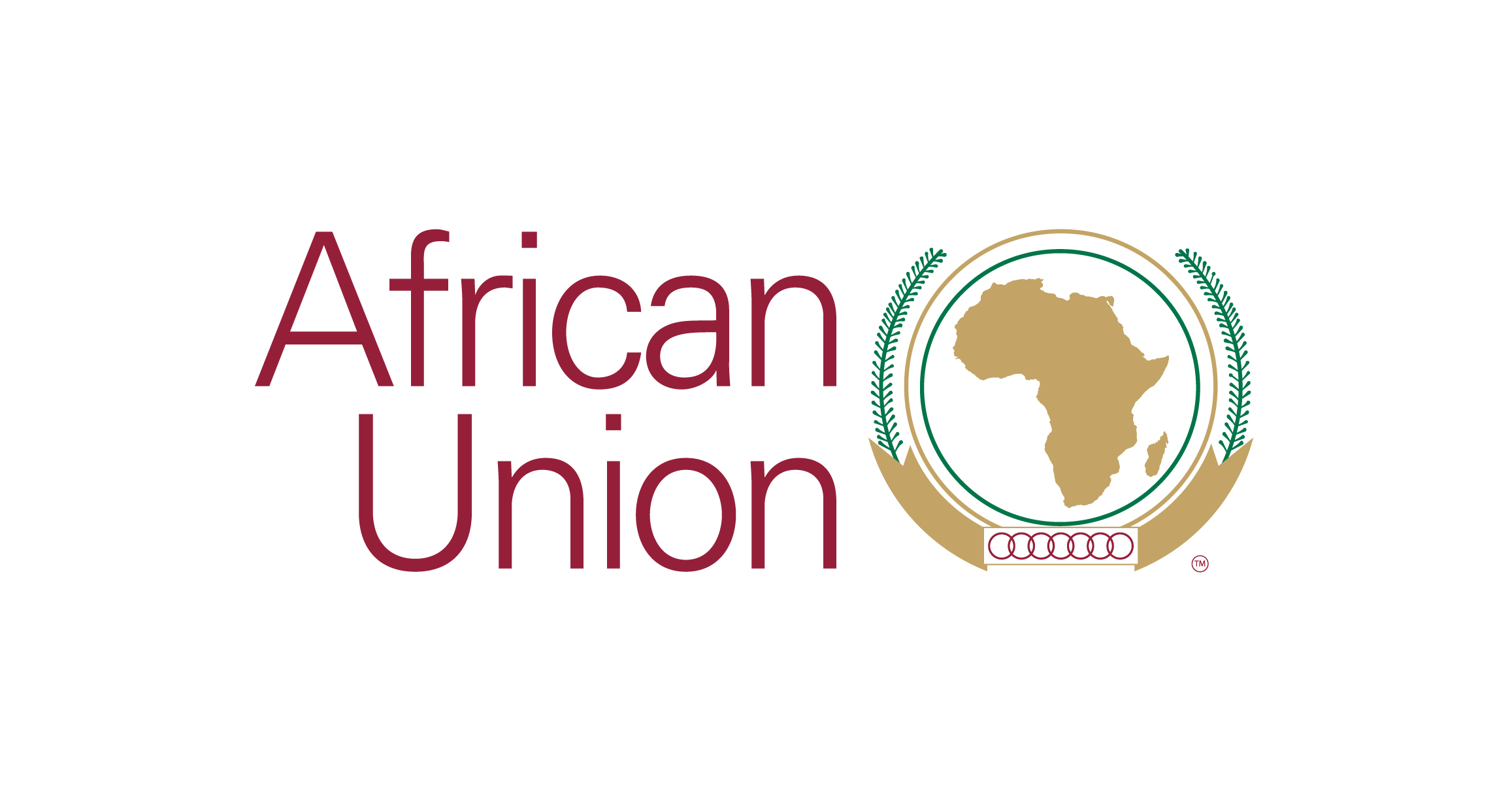Facilitate the Implementation of High Impact Road Safety Interventions
Speed Management Project Pilot in Zambia
Speeding is assumed to be one of the most important factors for the occurrence and severity of accidents in Zambia, many of which involves pedestrians the higher the speed the greater the risk of accident and injury. Conversely, this means that effective speed management can bring a significant reduction in severe accidents. This is illustrated in the figure below.
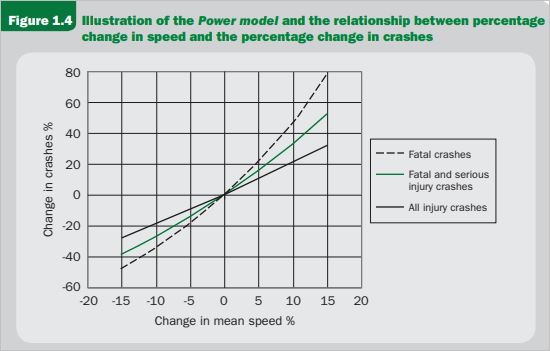
Speed is a particularly important factor on Sub-Saharan African highways where all types of road users typically move on the same area. The mix of vulnerable road users and vehicles can be lethal when a vehicle collides with a pedestrian. This shows in the statistics where up to 50% of all fatalities are pedestrians, a large proportion being children.
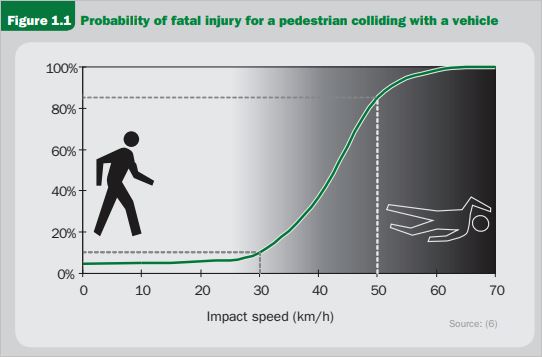
Some of the most cost effective road safety measures are physical traffic calming measures and targeted speed enforcement.
A coming Pilot Project on a selected corridor will aim at better speed management. The Pilot Project, which is under development at Road Transport and Safety Agency, is facilitated by SSATP and will also, is supported financially by the World Bank.
The budget for the project is yet to be decided but eh project will include elements from all five pillars of road safety. Terms of Reference for the first preparations are being drafted with support from SSATP and will be used to help the authorities to request funding from GRSF for immediate technical assistance. Funding issues are also being discussed with the World Bank, which may be able to contribute to the physical measures.
The Pilot Project has been chosen due to its potential high impact on road accidents, its potential for replication, and because it can create a better cooperation between the Police, the RTSA, NGOs and the private sector in advance of the preparation of a new National Road Safety Action Plan in 2013.

